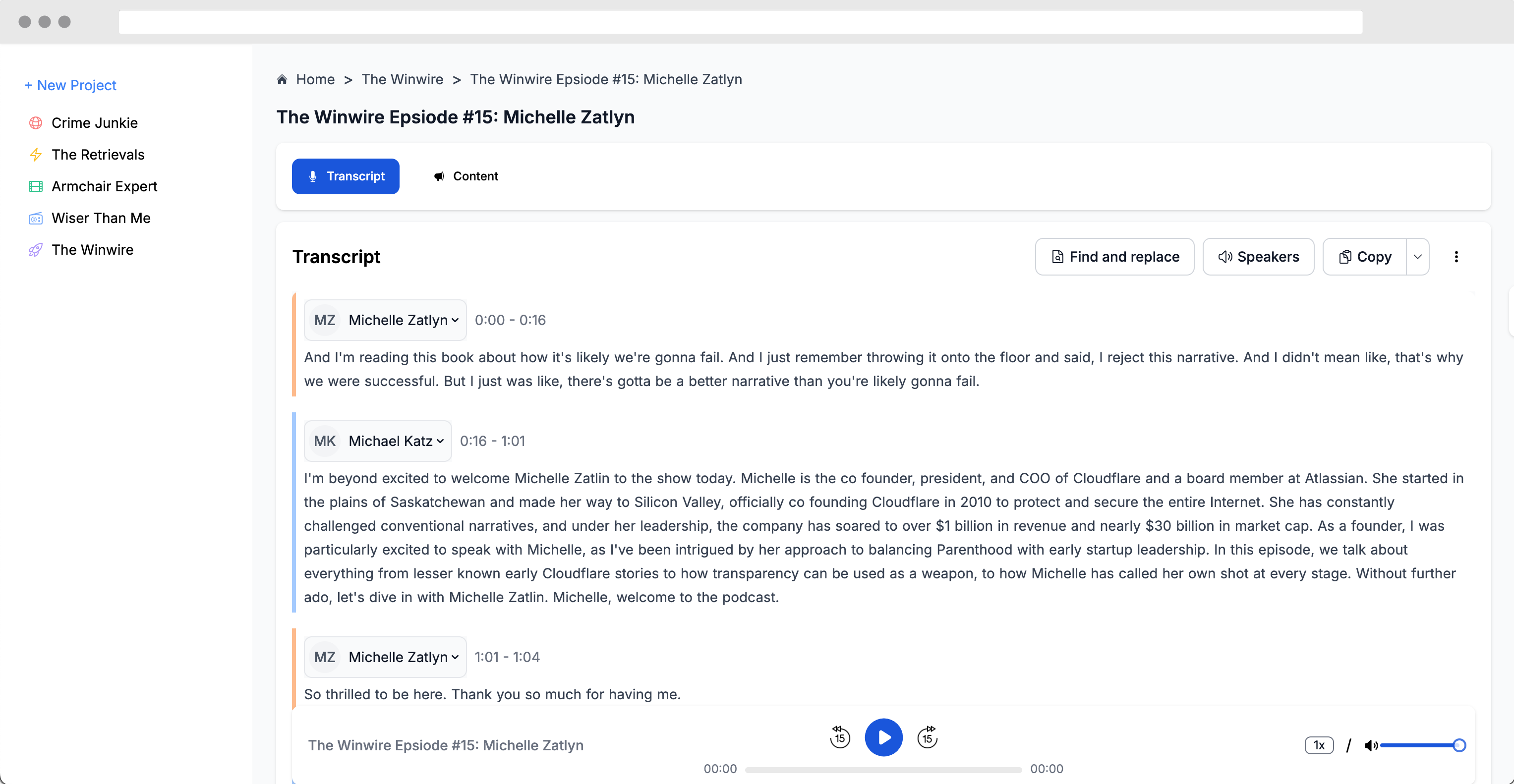Is Your Podcast Marketing Actually Working? Here’s How to Find Out

Key Takeaways
Multi-Channel Marketing is Essential: Simply creating a high-quality podcast is not enough. Effective marketing across multiple channels, including social media, blogs, and newsletters, is crucial to attract and retain listeners.
Understand Your Audience: Tailor your marketing efforts to where your audience spends their time. For example, business podcasts may perform better on LinkedIn than on Instagram.
Leverage Video Content: Using video clips from your podcast can significantly increase discoverability and engagement, especially on platforms like YouTube.
Use Analytics Wisely: Beyond downloads, focus on metrics like audience retention, demographic data, and engagement to measure the success of your podcast.
Avoid Over-Reliance on Paid Advertising: While paid ads can boost initial numbers, organic growth through community building and content repurposing leads to a more loyal and engaged audience.
Overview
The session focused on effective podcast marketing strategies and featured insights from industry experts. Quincy de Vries, Senior Producer at Quill, introduced the panel, which included Fatima Zaidi, CEO of Quill, Kyle Denhoff, Senior Director of Media at HubSpot, Stephen Robles, Video Producer at Riverside, and Ainsley Rossitto, Head of Podcast Marketing at Paramount. James Cridland, Editor of Pod News, moderated the discussion.
The panelists emphasized the importance of a multi-channel approach to podcast marketing, leveraging social media, blogs, newsletters, and even billboards to increase discoverability. Fatima Zaidi highlighted the need for demographic and psychographic data to understand listener engagement, while Kyle Denhoff discussed the significance of treating each podcast as a product with a dedicated go-to-market plan. Stephen Robles underscored the value of using video content to reach new audiences, and Ainsley Rossitto shared how Paramount uses its various media brands to promote podcasts effectively.
The experts also touched on the use of AI tools for streamlining tasks like generating show notes and clips, but cautioned against relying on AI for content creation. They concluded by discussing common marketing mistakes, such as over-reliance on paid advertising and the importance of tailoring content to specific platforms.
Core Concepts
Multi-Channel Marketing is Essential
Effective podcast marketing requires a multi-channel approach to reach a broader audience and ensure long-term engagement.
Key Points:
Utilize various platforms like social media, blogs, newsletters, and even billboards.
Repurpose podcast content for different channels to maximize reach.
Use tools like Riverside to create video clips for social media and YouTube.
Examples:
Fatima Zaidi emphasized the importance of using a multi-channel approach, including converting transcripts into SEO-formatted blogs and creating video snippets for social media.
Stephen Robles highlighted how using Riverside's magic clips feature can generate vertical videos for platforms like Instagram and TikTok.
Quotes:
The existence of your show is simply not enough anymore. You really have to market and get your listeners through the door. - Fatima Zaidi
Be everywhere. Be as many places as possible with that vertical video just increasing your discoverability. - Stephen Robles
Understand Your Audience
Tailoring your marketing efforts to the specific habits and preferences of your target audience is crucial for effective podcast promotion.
Key Points:
Identify where your audience spends their time and focus your marketing efforts there.
Use demographic and psychographic data to refine your messaging.
Engage with your audience through surveys and feedback to understand their preferences.
Examples:
Kyle Denhoff mentioned that salespeople are more likely to be on LinkedIn, so HubSpot focuses its marketing efforts there.
Ainsley Rossitto discussed how Paramount uses its various media channels to promote podcasts to their existing fan base, such as Survivor fans.
Quotes:
You have to make sure people in your community know that your content exists. - Ainsley Rossitto
We treat all of our podcasts the same way. What's our go-to-market for this product? - Kyle Denhoff
Leverage Video Content
Using video content can significantly enhance the discoverability and engagement of your podcast, especially on platforms like YouTube.
Key Points:
Record video versions of your podcast to reach a different audience.
Use video clips to create engaging content for social media.
Pay attention to retention metrics on platforms like YouTube to understand viewer behavior.
Examples:
Stephen Robles shared how his podcast reached the top 50 in Apple Podcasts for tech news shows by leveraging video content on YouTube.
Kyle Denhoff explained how HubSpot's "My First Million" podcast grew significantly by focusing on YouTube's discovery algorithm.
Quotes:
Increasingly I hear from more and more people that have found the show that they found it on YouTube. - Stephen Robles
The growth rate on YouTube is much faster month over month than on audio. - Kyle Denhoff
Conclusion
Effective podcast marketing requires a multi-channel approach, a deep understanding of your audience, and leveraging video content to maximize reach and engagement. By focusing on these strategies, podcasters can build a loyal and engaged audience, ensuring long-term success. It's essential to use analytics wisely to measure success and avoid over-reliance on paid advertising, which may not lead to sustained growth. Instead, focus on organic growth through community building and content repurposing.
Food for Thought
How can you better tailor your podcast marketing efforts to reach your specific audience?
What new channels or platforms could you explore to increase your podcast's discoverability?
How can you use analytics to refine your marketing strategy and improve audience engagement?
Reference Tools, Platforms, and Resources
Riverside: For recording and creating video clips from your podcast.
Pod News: For promoting your podcast through sponsorships.
Apple Podcasts Connect: For analyzing retention and follower metrics.
Spotify for Podcasters: For additional analytics and insights.
YouTube Studio: For understanding viewer behavior and retention on video content.





